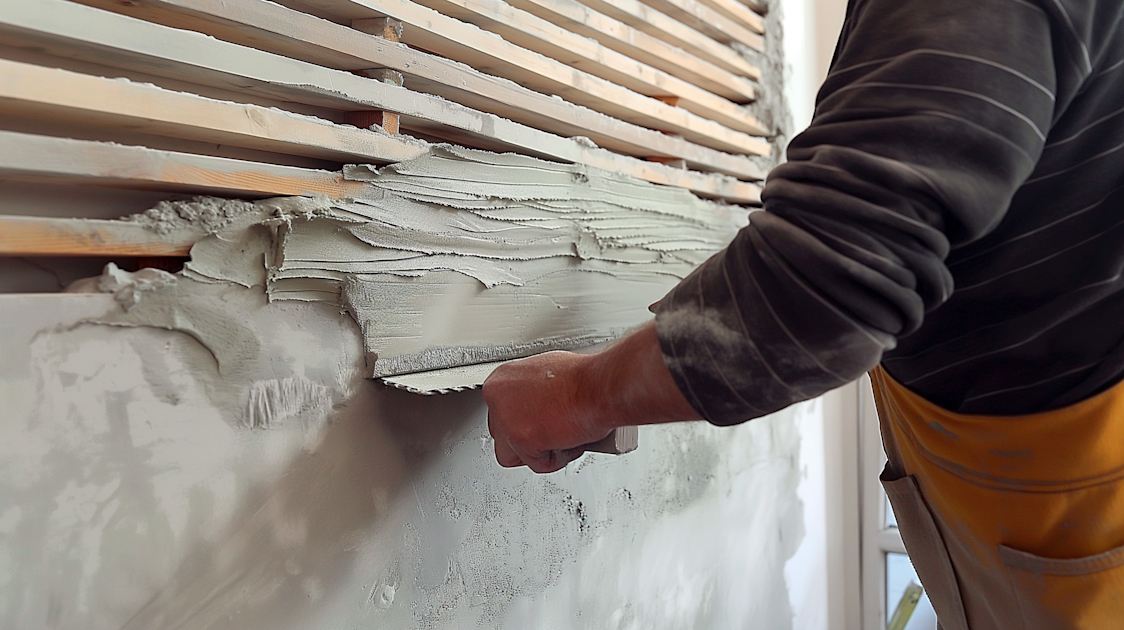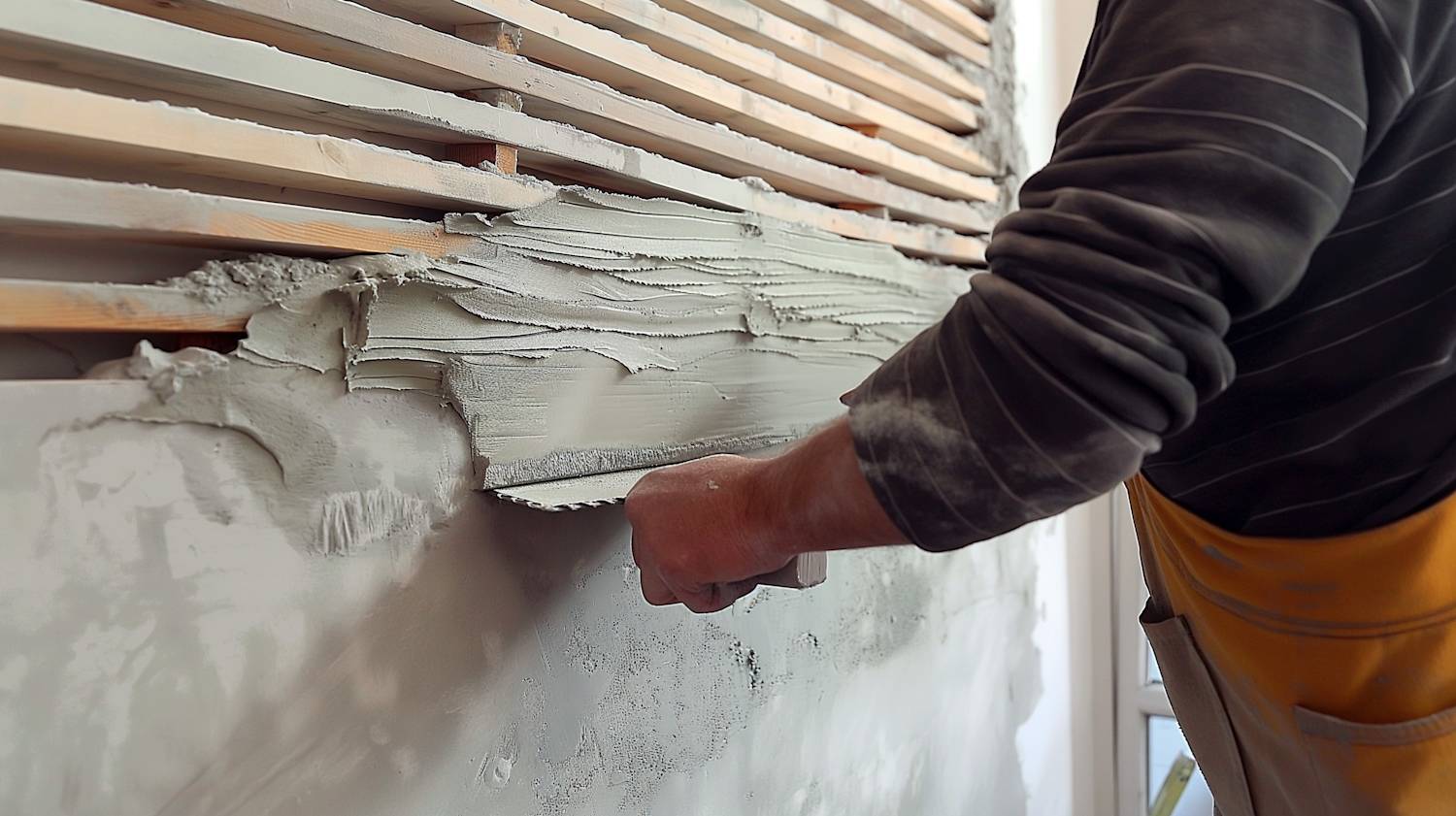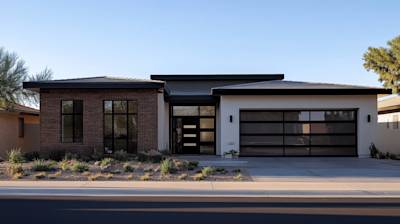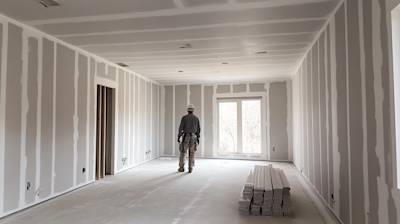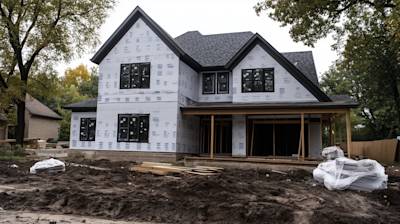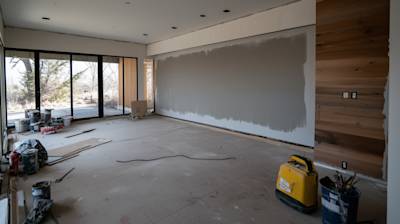As you step into the world of historic building restoration and preservation, you are likely to encounter different terms and aspects that are largely unfamiliar to the uninitiated. One such aspect is plaster lath, a traditional form of wall construction widely used in the past. This article aims to delve deep into the subject of plaster lath, helping you understand their importance, how they were used, and the process of installing, repairing, and maintaining them.
Understanding the Concept of Plaster Lath
In simpler terms, plaster lath refers to the method of applying plaster to a lath, or strip, of wood. This was a standard process used in home construction before the advent of drywall. The lath utilized was often cut from spruce or pine wood and are typically around 1/4 inch thick and 2 inches wide.
The Historic Role of Plaster Lath
Used extensively from the 18th century through to the early 20th century, plaster lath was a popular construction technique. The lath strips were nailed onto the building's frame, with gaps left between the strips. Plaster was then applied to this lathwork. The plaster "keys" into the gaps, providing a firm grip to the plaster. This resulted in a surface that was both durable and structurally sound.
Types of Plaster Lath
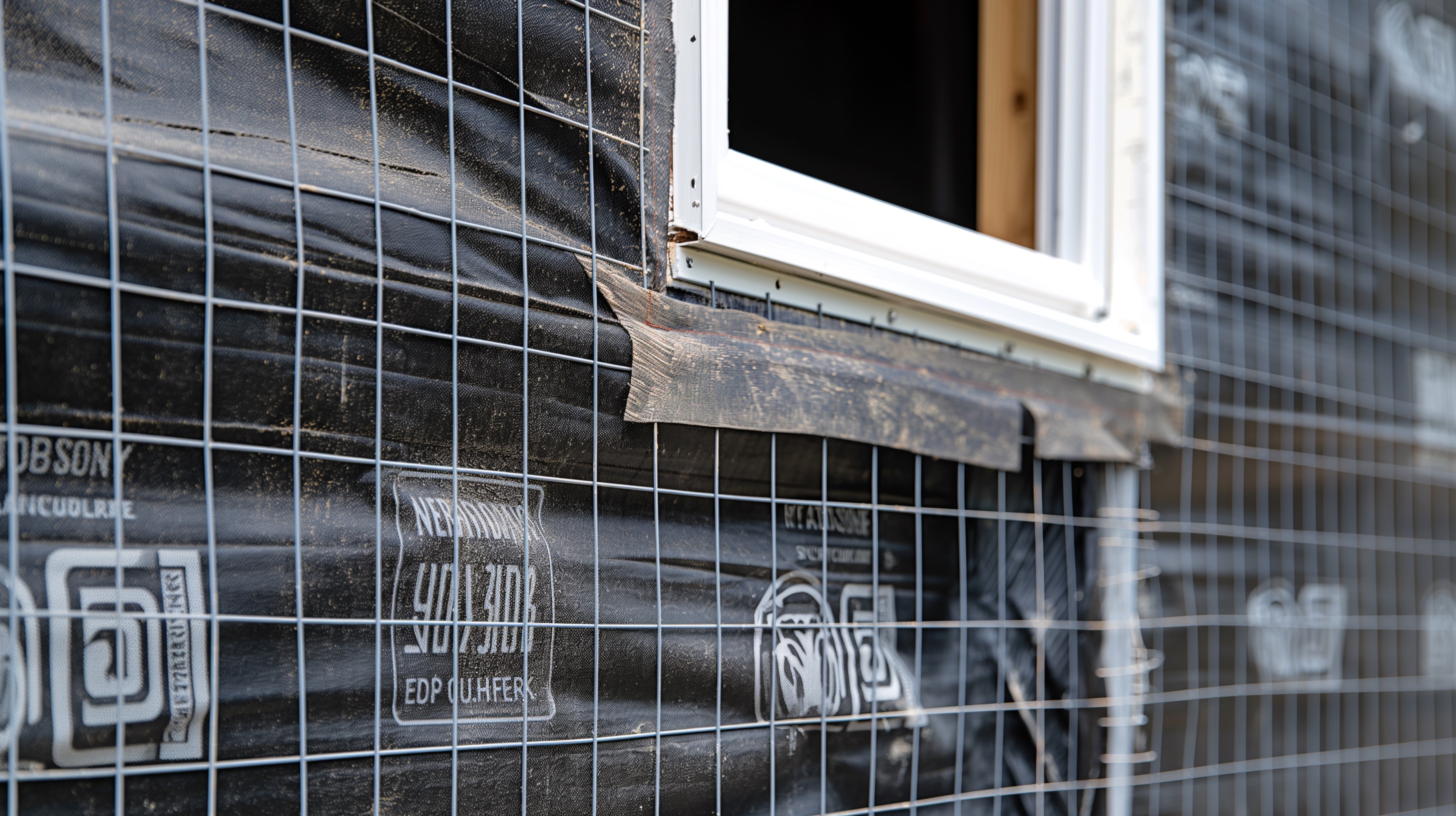
Throughout the years, three distinct types of plaster laths have been employed. They are:
-
Wooden Laths: As mentioned earlier, these were thin, wide strips of wood, usually derived from pine or spruce.
-
Metal laths: These were introduced in the late 19th century and provided more strength to the structure.
-
Rock laths: Also known as gypsum lath, these were boards made from gypsum that were used to replace wooden laths.
Installing Plaster Lath
Installing plaster lath is typically a three-coat process:
-
The Scratch Coat: This first layer of plaster engages with the spaces between the laths to form keys, ensuring the plaster stays up securely.
-
The Brown Coat: The second coat, it is used to provide additional thickness and strength to the wall.
-
The Finish Coat: The final layer, this application smoothens out the surface. Often, a lime putty plaster would be used for the finish coat, offering a pure white finish.
Maintenance and Repair of Plaster Lath
Maintaining and repairing plaster lath systems can be a daunting task due to the age and fragility of the materials. However, with care and patience, it's feasible to repair small sections of damage. It is essential to maintain the lath's integrity and ensure the plaster is correctly keyed into position. For larger repairs, it may be advisable to seek the assistance of a professional, especially for historic or listed buildings.
Replacing Plaster Lath with Drywall
While retaining original plaster lath walls are often desirable for maintaining a building's historical authenticity, this may sometimes not be possible due to extensive damage or practical reasons. In such cases, drywall offers a modern, viable alternative.
Why Understanding Plaster Lath Matters
In the challenging yet rewarding world of building restoration and preservation, every little detail matters. That includes understanding and appreciating the role of plaster lath in historic buildings. Plaster lath walls are an essential part of the fabric and history of these buildings and, when treated with care, can be part of their future too.
If you are considering buying, restoring, or working with historic buildings, becoming familiar with plaster lath will be advantageous. So, whether you're a homeowner, a preservation professional, or just interested in architectural history, a clear understanding of plaster lath is an invaluable tool in your arsenal.
Frequently Asked Questions About Plaster and Lath
When seeking to understand more about the construction and repair of traditional walling systems, often the search leads to terms such as "plaster and lath". In an attempt to help you better navigate these concepts, we have compiled a collection of commonly asked questions. Let's delve in and address these queries.
How Does Plaster And Lath Construction Work?
In lath and plaster construction, strips of wood lath are nailed to framing studs, and plaster is spread over this 'lattice' of lath to create the surface for painting or wallpapering. As the wet plaster penetrates the gaps between the lath, it begins to harden and 'keys' (hooks) around the lath, ensuring the plaster sticks and remains in place even when fully dried.
Why Was Lath And Plaster Used Historically?
Lath and plaster was once a popular method of constructing walls and ceilings due to its versatility and ease of construction. It was a cost-effective solution that could conform to curves and angles, and it provided quality insulation and fire resistance. Moreover, plaster is more resistant to knocks and dents than drywall, giving an extra longevity to the construction.
Is Plaster And Lath Safe?
Generally, plaster and lath constructions are safe. However, if the lath and plaster is old, there may be safety concerns relating to lead-based paint or asbestos, both of which were commonly used in construction practices for many years. If you plan to remodel an older home with plaster and lath, it would be prudent to consult a professional to assess the safety.
How Can You Identify Plaster Lath Walls?
There are a few tell-tale signs that can help you identify whether a wall is made from plaster and lath. Firstly, plaster walls are usually thicker and harder than modern drywall, and if you knock on them, they will have a dull, solid sound. Furthermore, if you can inspect an uncovered section of the wall, you'll be looking for thin, horizontal strips of wood (the lath) with plaster smeared over, and often pushed through, the gaps.
How Do You Repair Plaster And Lath?
Repairing plaster and lath can be a complex task, but with the right method, it’s entirely achievable. Begin by removing any loose plaster around the damaged area without disturbing the laths. Then, apply a layer of plaster to the laths, ensuring to press some plaster into the gaps to form 'keys'. Allow to dry before applying a finish layer of plaster. When this is dry, it can be sanded smooth.
Can You Hang Heavy Objects On Plaster Lath Walls?
Yes, hanging items on a plaster lath wall is possible, though some caution is required. Heavier objects will need to be secured into the sturdier lath behind the plaster rather than in the plaster itself. It is highly recommended to use a stud finder device to locate the wooden lath or studs behind the plaster and to use appropriate wall anchors or screws for the weight of the object being hung.
What Alternatives Are Available To Plaster And Lath?
While plaster and lath were once commonly used, most new homes now use drywall - a construction material that's lighter, easier, and quicker to install than plaster and lath. Nonetheless, the choice is often contextual and based on factors such as the type of construction, cost considerations, and the preferences of the homeowner or builder.
How Do You Insulate Plaster And Lath Walls?
Insulating plaster and lath walls can be a challenging process, particularly in older homes. The standard method involves drilling holes into the plaster, into which loose-fill or foam insulation is blown. These holes are then filled and painted to match the rest of the wall. This should ideally be done by a professional to avoid damaging the lath or causing further structural issues.
Pros and Cons of Plaster Lath
Pros of Plastor Lath
Durability and Longevity
- Resilience: One of the main advantages of plaster lath is its resilience. The material is generally tougher than drywall, able to resist everyday wear and tear more effectively.
- Longevity: Houses that have plaster walls were generally built to last. With the right maintenance, a plaster lath wall can last as long as your property.
- Damage Control: Even if a plaster lath wall is damaged, it does not crumble or deteriorate as rapidly as other material types. Therefore, minor damages might not require immediate repair.
Sound and Heat Insulation
- Sound Insulation: Plaster lath is an excellent sound insulator. It’s denser than drywall, which helps to cut down on noise transfer.
- Heat Insulation: Plaster lath can also keep your home warmer in the winter and cooler in the summer, serving as a reliable thermal insulator.
Artistic Appeal
- Visual Charm: For some, the vintage look of plaster lath cannot be replaced by any other material, adding an irreplaceable aesthetic charm.
- Custom Shape: Plaster can be moulded into different shapes and styles, offering more flexibility in achieving different looks and feels.
Cons of Plastor Lath
Cost and Time Intensive
- Higher Cost: Plaster lath materials and installation are typically more expensive than other materials such as drywall.
- Time-consuming Installation: It takes more time to install plaster lath walls because of the multiple layers and drying times in between coats.
Difficulty in Installation and Repair
- Expertise Required: Installing and repairing plaster lath requires a certain level of expertise and experience not required with drywall installation. This might mean hiring professionals and incurring additional costs.
- Complex Repairs: Because plaster lath is such a tough material, any damages that do occur can be more complicated to fix. Again, this might require the intervention of professionals.
Health Concerns
- Asbestos Risk: Older plaster lath walls may contain asbestos, which can pose serious health risks if disturbed. It's important to have the materials tested before doing any renovations.
- Dust Creation: Working with plaster lath can create a lot of dust, which may cause issues for some individuals with respiratory conditions.
Limited Compatibility with Modern Technology
- Internet and Cable Wires: Plaster lath walls can make it challenging to install internet and cable wires. Most modern technology installations are easier with drywall.
- Fixture Installation: Installing heavy fixtures like wall-mounted televisions can also be more challenging with plaster lath walls because it's difficult to locate studs.
Summary
Plaster lath represents a key element in traditional building methods, providing a firm base for wall and ceiling plaster. Its design is both functional and efficient, making it a popular choice for many property builders and renovators. Despite the emergence of drywall, plaster lath has still retained its relevance in the construction industry.
Preparing a wall with plaster lath might seem like a daunting task, but with the right tools and understanding, it becomes an exciting DIY project. It provides great insulation, flexibility in design, and durability, distinguishing it from most modern materials. Whether you're renovating a historic house or creating an authentic look in a new build, plaster lath is your partner in construction.
Lastly, the installation of a plaster lath system does require some skills and experience. But, once you master the technique, the final result can be very satisfying. Compared to contemporary construction methods, its thickness and sturdiness make it an ideal choice for older buildings that need restoration. Despite the alternatives available in today's market, plaster lath still has its unique place, offering aesthetic and functional advantages that other materials can't match.
About Atlas Stucco
Welcome to Atlas Stucco, your reliable stucco service provider located in sunny Sacramento, CA. We are a locally-based and operated business with a solid reputation for delivering high-quality stucco applications, repairs, and renovations. Our expert team of stucco professionals pride themselves in their craftsmanship, attention to detail, and dedication to meet your design and installation needs – no project is too big or too small for us! At Atlas Stucco, we assure you that your satisfaction is at the heart of everything we do.
Tags: plaster lath, construction, building materials,

